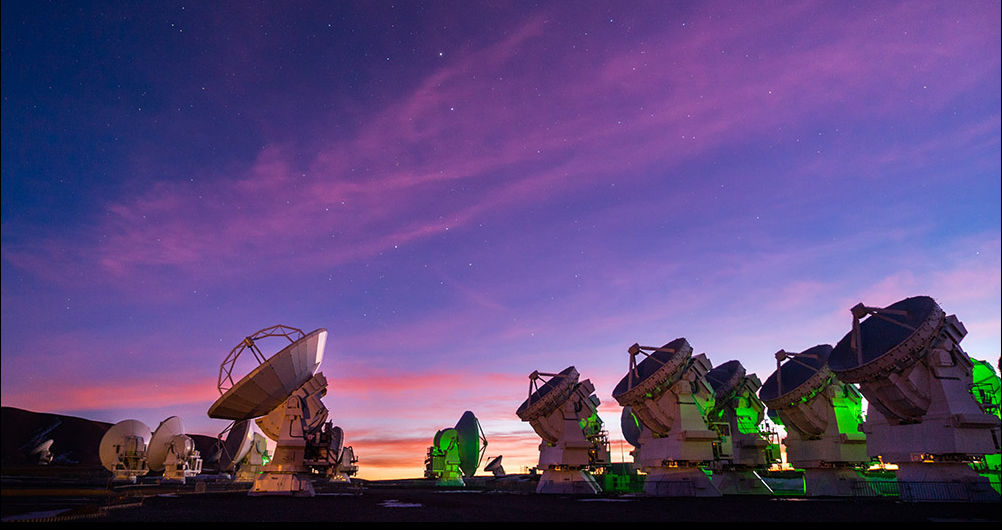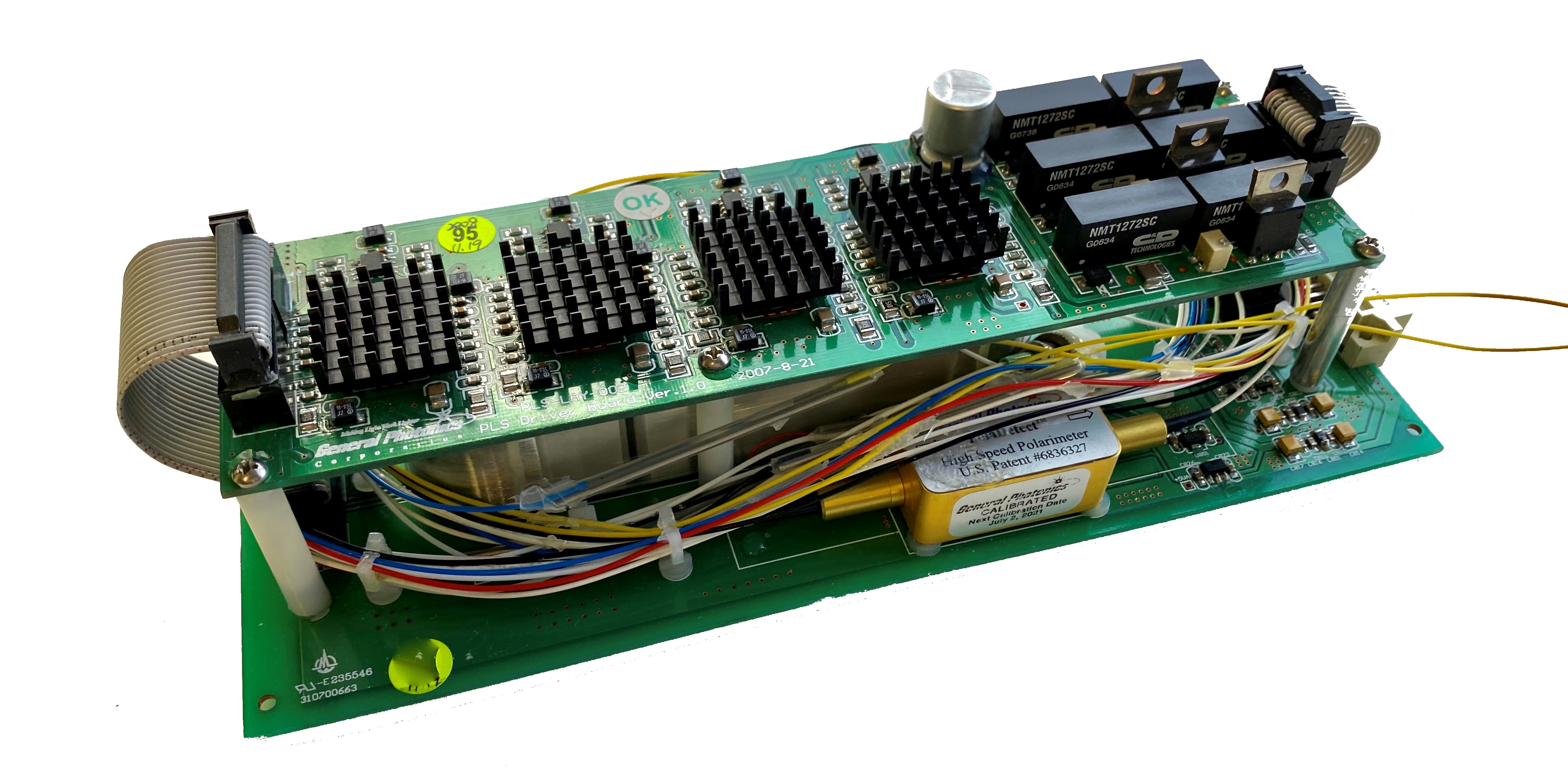Luna Polarization Technology Helps Largest Radio Telescope in the World Measure 900mph Winds on Jupiter
Portions excerpted from Popular Science
Luna technology was used by an international team of astronomers who just measured Jupiter’s raging stratospheric winds for the very first time—and they used a 27-year-old comet to do it.
Scientists had already measured wind speeds down in Jupiter’s troposphere—where the planet’s iconic stripes lie—and way up in its ionosphere. But this new study was first to take wind speed measurements of Jupiter’s stratosphere using the incredibly sensitive Atacama Large Millimeter/submillimeter Array (ALMA). They measured wind speeds near the equator and near the poles.

Some results of the wind speed measurements weren’t too surprising — researchers found that wind speeds at the equator were roughly what models had predicted. “But what was completely unexpected is what we saw near the poles,” says study-author Thibault Cavalié, a planetary scientist at the Laboratoire d’Astrophysique de Bordeaux who led the experiment. The team found 300- to 400-meter-per-second winds— roughly 700 to 900 miles per hour—whipping across the poles in unanticipated directions.
For decades, the easiest way to figure out planetary wind speeds was to simply take a snapshot of the planet, then another one some time later and see how far the clouds moved between the two frames, Cavalié says. But at higher altitudes this doesn’t work, because the winds are invisible. There are no clouds to track.
But ever since the Shoemaker-Levy 9 comet impacted on Jupiter back in 1994, researchers have kept tabs on two compounds the comet delivered there: hydrogen cyanide and carbon monoxide. The team was able to trace the unique spectral fingerprints of the chemicals. Since they could track winds using the movement of clouds, perhaps they could use these molecules to do the same, by detecting their frequencies with ALMA.

Then, they made use of the doppler effect, which means those frequencies change depending on whether the molecules are moving toward us or away from us. So, on Jupiter, as the molecules blew towards the telescope, they would produce slightly different spectral signals than those moving away. By measuring the difference — how much the frequencies got bumped — the team could measure the speed at which the molecules (and the wind) were moving.
How Luna's Technology Helped
ALMA is currently the largest radio telescope in the world and uses a Luna Innovations long-range polarization-stabilized fiber stretcher assembly to correct the timing for ALMA so that temperature changes and antenna motion effects are removed. This custom module combines several of Luna’s (formerly General Photonics’) patented technologies: a combination of fiber stretcher for optical path matching, polarization controller to dynamically control the polarization, and a polarimeter to analyze the polarization and use as a feedback signal. A specialty product for National Radio Astronomy Observatory (NARO), it generates up to 4mm of optical delay at up to 100Hz, an extremely precise level of control enabled by custom polarization control and monitoring circuits.
To provide the most accurate oscillator timing signals to the antennas, the approach adopted by ALMA uses a very accurate yardstick to probe the small changes in the fiber optic delay to each of the antennae. This is done via an ultra-stable “master laser” used in combination with an optoelectronic fiber optic line stretcher that continuously adjusts the overall fiber length to each antenna.

Read the full article “Researchers just measured Jupiter’s stratospheric winds for the first time—and they’re a doozy” at Popular Science here.
Learn more about Luna’s Polarization Management and Emulation and Optical Polarization Control solutions.